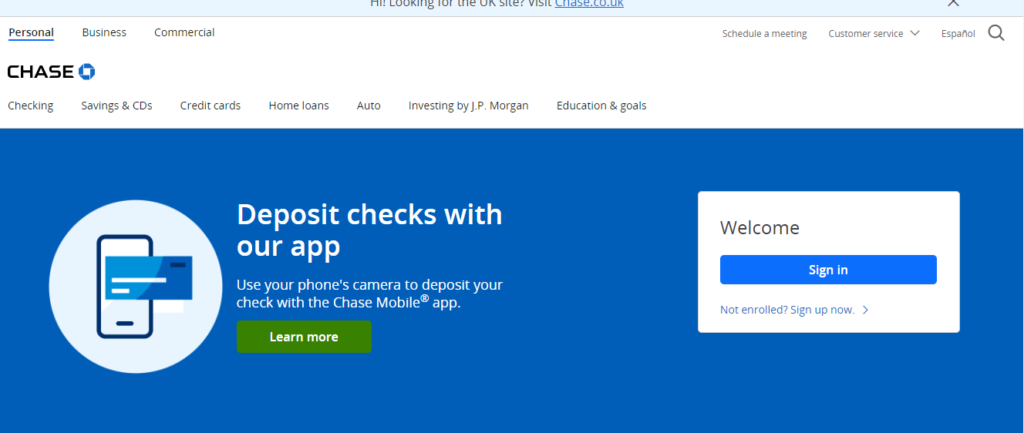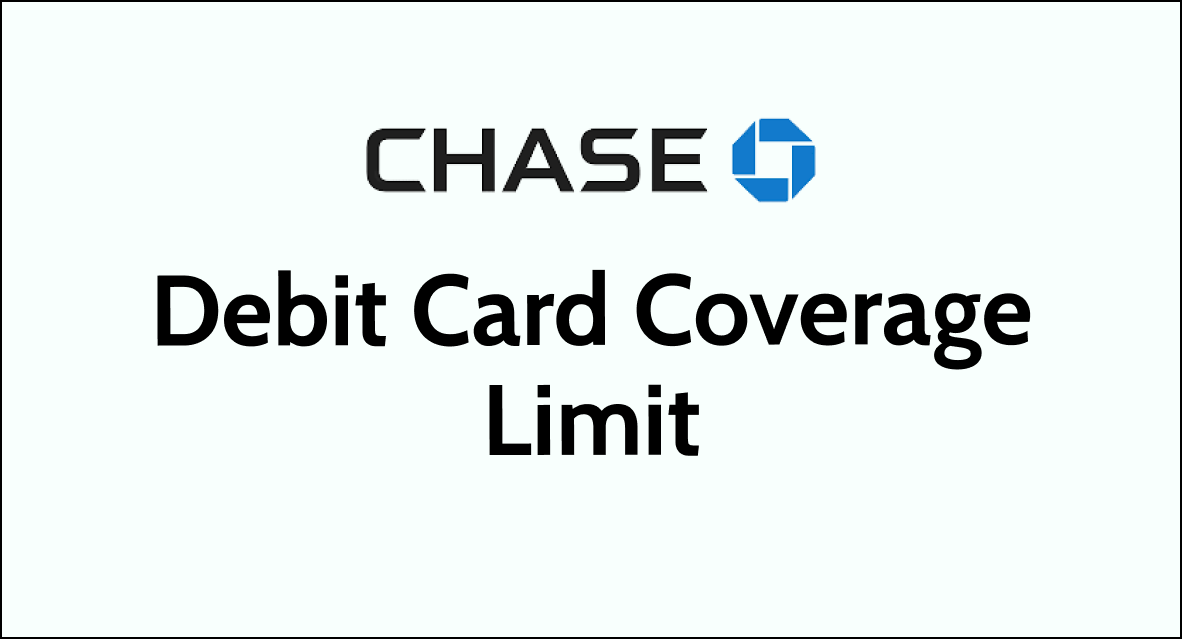When it comes to managing your bank account, unexpected overdrafts can be a real concern.
Chase Debit Card Coverage is a service that allows you to set preferences for how Chase handles transactions that could potentially overdraw your account.
Chase understands this, which is why they offer Debit Card Coverage holds you in control of how everyday transactions are handled when you’re running low on funds.
In this article, we’ll explore what Chase Debit Card Coverage is, how it works, and what it means for you as a Chase customer.
What Does Chase Debit Card Coverage Cover?

Chase Debit Card Coverage covers everyday transactions only including dining out, groceries, and gasoline.
Chase Debit Card Coverage is an optional service provided by Chase that if you enrol, allows the bank to authorize and pay overdrafts for everyday debit card transactions such as groceries, gasoline, or dining out.
It is in addition to Chase’s Standard Overdraft Practice. An overdraft occurs when there are insufficient funds in your account to cover a transaction, but the bank opts to cover it regardless.
The Chase Debut card also comes under Overdraft protection and it is up to your choice whether to link or unlink your Debit card account to Overdraft prorection.
To manage overdraft protection settings for a Chase Debit Card, you would typically need to follow these steps:
Through the Chase Mobile App:
- Open the Chase mobile app on your smartphone.
- Sign in to your account using your credentials.
- Navigate to the ‘Account Services‘ or ‘Settings‘ section of the app.
- Look for ‘Overdraft Protection‘ or a similar term.
- Follow the prompts to link or unlink your debit card to overdraft protection. This may involve selecting a backup funding source like a savings account.
Through the Chase Website:
- Visit the Chase website and log in to your account.
- Locate the ‘Checking Accounts‘ section or similar.
- Find the ‘Overdraft Protection‘ options.
- You may see an option to ‘Manage Overdraft Protection‘ or ‘Debit Card Coverage.’
- Choose to either enroll in overdraft protection by linking a backup account or opt-out/unlink your account from the service.
Chase Debit Card Coverage Under Overdraft Protection
If You Say NO to Overdrafts, You Can Avoid Fees by Declining Transactions.
The declined transactions are:
- Any everyday debit card transaction that exceeds your account balance will be declined.
- You won’t incur an overdraft fee because the transaction won’t be processed.
This choice is ideal for those who prefer to avoid overdraft fees and are comfortable with transactions being declined when funds are insufficient.
If you say “YES” to Debit Card Coverage, the debit card will cover the transaction fees.
The covered Transaction fees includes the following:
- Chase may authorize overdrafts at their discretion, allowing your transactions to go through even without enough funds.
- If Chase decides to cover the overdraft, you will be charged an Overdraft Fee for each approved transaction.
This option is suited for those who need the assurance that critical payments won’t be declined, despite the potential for overdraft fees.
Chase Overdraft Protection’s Exclusions
It’s important to note that Chase Debit Card Coverage isn’t available for all account types. Accounts such as Chase High School Checking, Chase Secure Checking, and Chase First Checking are excluded from this service.
However, if you are enrolled in Overdraft Protection and have sufficient funds in your linked backup account, Chase will automatically transfer funds to cover the transaction, regardless of whether you’ve chosen YES or NO to Debit Card Coverage.
Chase Debit Card Coverage Limit
Chase Debit Card Coverage Limit is three fees per business day, which means the maximum amount you could be charged in overdraft fees in one day is $102.
When managing your Chase account, it’s important to understand how overdraft fees are applied during the bank’s nightly processing.
If a transaction overdraws your account balance by more than $50, Chase may charge an overdraft fee.
However, there is a cap on the number of overdraft fees you can be charged in a single business day.
The limit is three fees per business day, which means the maximum amount you could be charged in overdraft fees in one day is $102.
